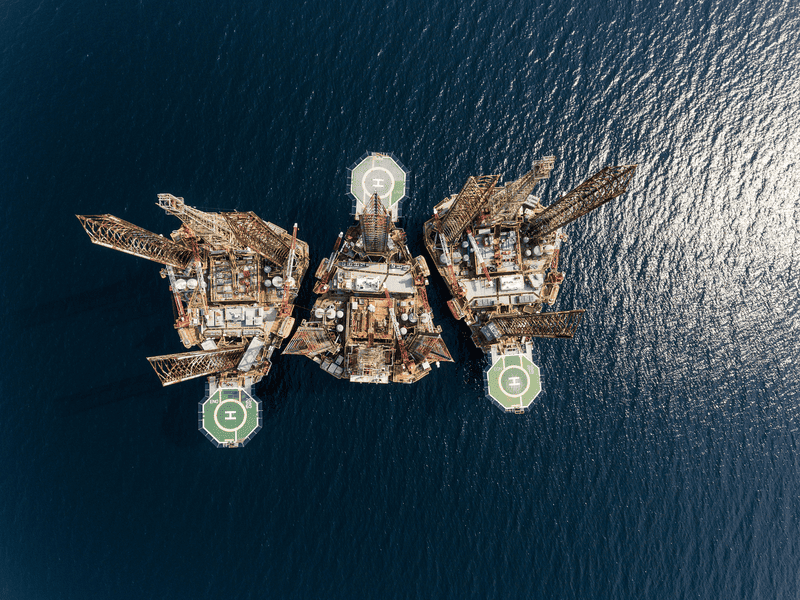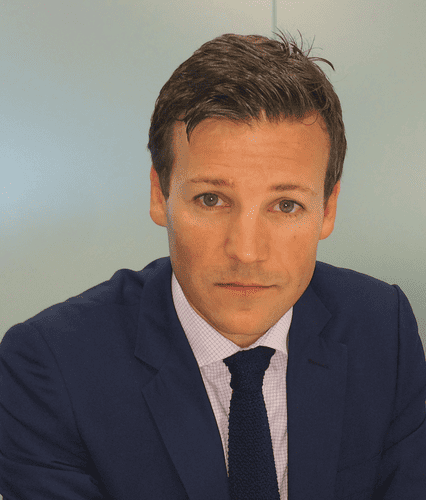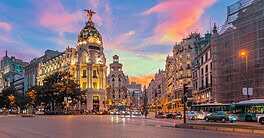One of Africa’s largest economies is trying to stay afloat in the face of growing challenges.

Angola is in the midst of a paradigm shift. With an unpredictable oil market, realignment of the country’s currency, the kwanza, and a new administration—in September, João Lourenço replaced José Eduardo dos Santos, who was president for 38 years—it has been a time of big adjustments. And there are more to come.
“A number of tough reforms are needed to put the Angolan economy on the path of sustainable growth,” says Abiola Rasaq, head of investor relations at Lagos, Nigeria-based United Bank for Africa.
One such reform is an economic stabilization program that was approved in late 2017. In essence, it is a fiscal adjustment plan to address imbalances in both the external and domestic sectors. A part of that plan is to cut public spending as much as the country can afford. However, “they cannot cut spending indefinitely,” believes Victor Lopes who is a senior economist at Standard Chartered Bank, London, and covers sub-Saharan Africa, adding that the state also needs to find ways to boost revenue. Angola is currently gaining revenue from the improvement in oil prices, which are in the range of $65 to $70 a barrel. The Angolan government is also looking to increase non-oil revenue by way of taxes.
The Kwanza In Question
The second part of the program is the realignment of Angola’s currency, the kwanza.

In January, the governor of the central bank, the Banco Nacional de Angola, José Massano announced that the kwanza would be allowed to float within a range, in successive foreign exchange auctions.
But just how far will the currency be allowed to depreciate? “My forecast is 210 to a dollar, but the government is using a budget assumption of 210 to 225,” Lopes says. It’s possible that while the government has approved the depreciation of the kwanza, the extent of depreciation will not be beyond what the state assumed in its budget statement, he continues.
A trend that could support this is already emerging. While the currency depreciated against the dollar in the early auction sessions, there has been no more depreciation since. Allowing the currency to depreciate will help with the fiscal adjustment, as the dollar-denominated oil revenue will be higher when expressed in the local currency, Lopes points out.
This does not, however, resolve all the questions surrounding the management of the kwanza’s value going forward, according to Rasaq. It may be essential to smooth out demand for foreign currency through the establishment of a forward market. Such a move, he argues, will help the central bank to efficiently manage reserves and calm the current situation where end users frontload foreign currency demand due to the panic that the kwanza will be further devalued.
Perhaps another way to bridge the demand-and-supply gap is the creation of a nondeliverable futures market that provides a hedge for potential kwanza devaluation, says Rasaq. This measure may help stimulate foreign portfolio investment inflows, which can potentially help in the short term.
While the quest for economic growth is paramount, Angola is anxious to see the economy grow following the decline in oil prices. The Angolan government forecast a growth rate of 4.9% in the 2018 budget, but the International Monetary Fund (IMF) projected a growth of just 1.6% for the year.
“The difference is because the government appears to be a bit more bullish on the non-oil sector than the IMF is,” says Lopes. He expects growth to remain low at 2% in 2018, for various reasons. First, the foreign-exchange shortage is still impacting the corporations, while high inflation is weighing on domestic consumption. Inflation ended 2017 at 26.3% in Luanda the capital, higher than the national rate of 23.7%. Second, the government also has to cut spending. Though oil prices appear high now and will help to some extent in stimulating government activity, Lopes believes it will be difficult to achieve a growth of 4% this year in the current milieu.
According to Lopes, the question of whether Angola should approach the IMF for a facility is still uncertain, “but when you look at the financing needs of Angola, it will make sense for them to go to the IMF.” Approaching the IMF for such a facility, he says, will boost international confidence in the country. Angola has a high financing need—something that an IMF loan will provide, alongside lending credibility to the stabilization program. “Even though it’s true that oil prices are higher and that Angola is now able to get additional financing from the Chinese, Brazilians or Russians, [going to the IMF] will certainly be positive,” he says.
Opening Up Options
A knotty issue that the new government must tackle is Angola’s poor business environment. Angola remains a difficult place to do business in, going by its record on the World Bank’s Ease of Doing Business ranking. On a scale of 1–190, with 190 indicating the most difficult position, Angola ranked 175 overall in the 2018 survey. It ranked 186 on enforcing contracts, 183 on getting credit, 180 on trading across borders and 134 on starting a business. Angola trails its Southern African neighbors, such as Botswana and South Africa.
Several factors account for this. Angola’s overall ranking is poor because of its dismal performance on enforcing contracts, ability to get credit and also trading across borders—because of the time it takes to export or import goods and the cost at the ports.
Add to this mix Angola’s heavy reliance on oil, which comes alongside a missed opportunity to diversify agriculture and fishing and to strengthen its diamond mining and marketing operations. Angola is also a major producer of coffee and bananas, both of which are good export crops.
Lopes believes that once the government stabilizes the economy, it will put measures in place to pursue diversification. But with regard to when Angola will stop relying on oil, he points out that “we are not yet there.”
For years OPEC member Angola has largely relied on commodities trader Trafigura for fuel imports. President Lourenço has also taken steps to end the monopoly on fuel imports into Angola, thereby opening up the fuel-import market. Besides bringing transparency into this important sector, it will also engender competition.
To Rasaq, these are positive developments; he believes that it is critical for the government to consider opening up a number of other sectors. He cautions that such a measure must be facilitated through transparent liberalization that earns the confidence of both local and foreign investors. “It has to be a different narrative of liberalization—a positive drift from past experience.”
|
Central Bank: National Bank of Angola | |||
|
International Reserves |
$23.8 billion | ||
|
Gross Domestic Product (GDP) |
$102.3 billion* | ||
|
Real GDP Growth |
2015 3% |
2016* 0% |
2017* 1.5% |
|
GDP Per Capita—Current Prices |
$3,630.7* | ||
|
GDP—Composition By Sector* |
agriculture: 10.2% |
industry: 61.4% |
services: 28.4% |
|
Inflation |
2015 10.3% |
2016* 33.7% |
2017* 38.3% |
|
Public Debt (general government |
2015 64.2% |
2016* 77.7% |
2017* 73.6% |
|
Government Bond Ratings (foreign currency) |
Standard & Poor’s B |
Moody’s B1 |
Moody’s Outlook STA |
|
FDI Inflows |
2013 -$7.1 billion |
2014 $1.9 billion |
2015 $8.7 billion |
* Estimates Source: GFMag.com Country Economic Reports



